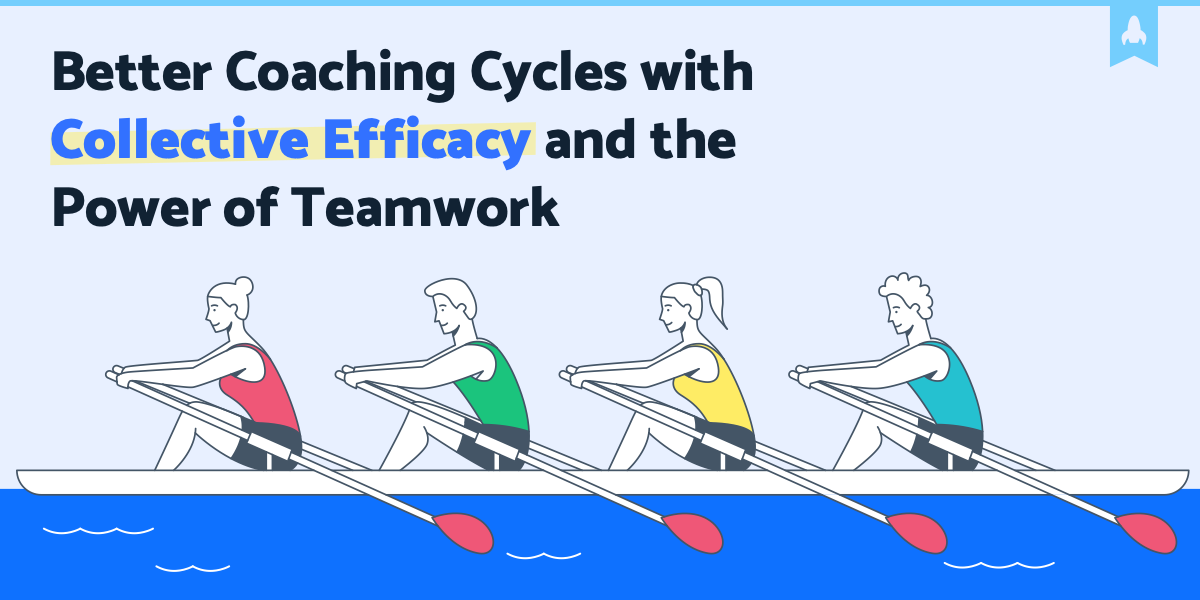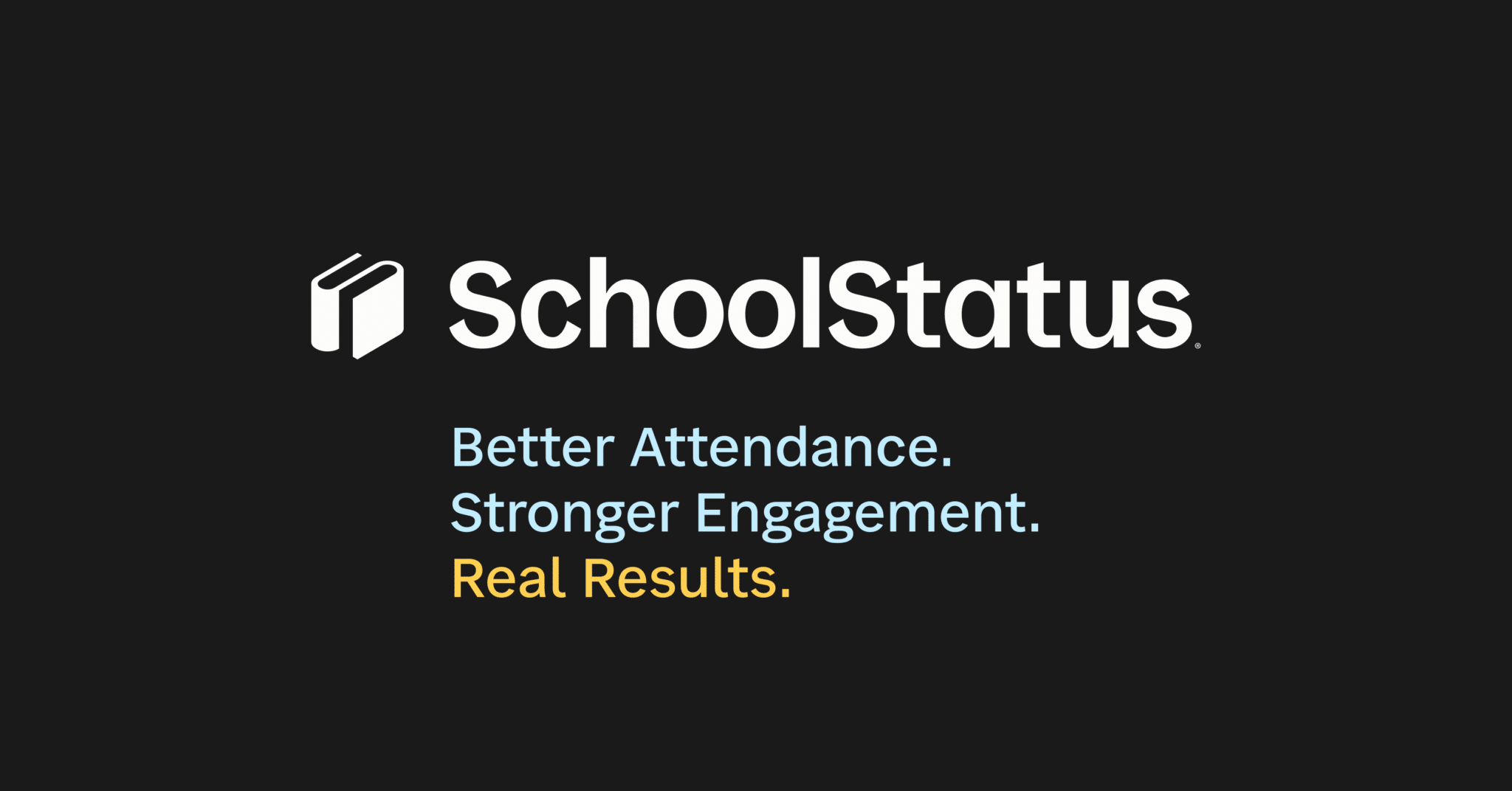


Virginia Soukup, ELA and social studies curriculum specialist in Oklahoma, highlights three foundational elements of a coaching cycle that help guide a group of teachers to achieve their collective goal.
I
t’s difficult to reflect on the past school year without considering the pandemic and its effects on student learning. In such times, we could easily be tempted to wait until next year to try out new strategies to grow in our teaching practices. So, at the beginning of the school year, I was pleasantly surprised when a team of teachers approached me to support them with their new goals.
This group had set their sights on making the implementation of math fluency routines more consistent and intentional to help meet our district’s goal: “100% of elementary classrooms will implement math fluency routines as a component of their daily math instruction.”
As a team, they took on a partnership approach and decided to hold one another accountable and utilize me, their coach, to support them. Immediately, my thoughts went to collective efficacy, its effect size on student learning, and how a coaching cycle built around it can support the teacher’s goals.
What is collective efficacy?
Recent research suggests that the number one factor influencing student achievement is collective efficacy.
Collective efficacy is the belief that, through collective actions, educators can influence student outcomes and improve student learning. —
Jenni Donahoo
As evidenced in Collective Efficacy: How Educators’ Beliefs Impact Student Learning, teachers who share this belief will put forth a greater effort, have a willingness to try new approaches, and convey high expectations. These characteristics certainly shone through as the team worked through this coaching cycle.
Three winning maneuvers
1) Guiding questions
As a coach, it’s imperative to help teams devise a plan and take ownership of the process. With this particular team, we had an initial meeting to set a goal and our objectives. During this meeting, the teachers decided that they wanted to meet regularly to debrief, reflect, and answer these guiding questions:
- How was I consistent?
- How was I intentional?
- How did I decide on the routines I chose?
- What am I noticing with my students as a result?
- What are my next steps?
This plan provided a source of accountability. Each month during the 2nd semester, we met as a team to answer and reflect on these guiding questions. As a result, teachers could talk through struggles, offer each other feedback, and suggest possible strategies to try in their fluency routines.
One such strategy involved supplying students with whiteboards for use during fluency routines; this simple tool provided teachers with 100% engagement and a quick, authentic assessment of student understanding and progress. The teachers were able to implement this strategy immediately in their instruction.
2) Learning and data collection
Part of our team’s plan included observing one another as peers to help norm their approaches. In addition, they wanted my support during fluency routines as a coach, observing their students and then providing the teachers with feedback about student engagement and their understanding of the math skill for that day. The immediate feedback I gave the teachers enabled them to make adjustments to their instruction if needed.
3) Reflection
As we approached the end of the coaching cycle, I asked the team of teachers how important a role they felt collective efficacy had played in the success of their implementation. One teacher said, “Students became part of a bigger community of learners when they realized their peers in the other classroom were learning math in the same way.”
Another teacher stated, “Being able to ask my partner teacher that taught the lesson first how it went. We each got to try different fluency routines first. That teacher and class become the guinea pig!” In the end, the fundamental reason all the teachers felt this partnership worked was that they all shared similar teaching philosophies driven by student achievement.
Final note
My plan moving forward is to continue working with these teachers into the next school year, so they can continue to grow collectively and impact student learning further. Now they have seen the initial successes of their efforts with collective efficacy, I’m excited to see where these teachers will go next with their math fluency routines in the years to come!
About our Guest Blogger
Virginia Soukup is an ELA and Social Studies curriculum specialist. Prior to her current role, she served as an instructional coach, a reading specialist, and a kindergarten teacher.
Virginia has a passion for bringing teachers together through collective efficacy to increase student achievement. As a curriculum specialist, part of her role is to serve as a district teacher trainer, preparing and delivering professional learning. She finds great value in reflecting on her practice through writing.
Follow her on Twitter @VLSoukup!
{{cta(‘352a410e-db79-4f33-a482-d301e8041965′,’justifycenter’)}}
Stay Connected
News, articles, and tips for meeting your district’s goals—delivered to your inbox.







